- Home
- Products
- Information
- Catalogues
- Datasheets
- Product Videos
-
Technology
- Whitepaper Powering Success
- Browse Technologies
- Blowout Magnets - What They Are & Why Use Them
- Contact Resistance Versus Pressure
- Contacts Construction & Materials
- EV Battery Charging Applications - Relays & Contactors
- How to Avoid Common Relay Problems
- HVDC Contactors & Failure Modes
- HVDC Relays & Contactors Conductor Size & Heat Dissipation
- HVDC Relays & Contactors Overview
- Latching Relays
- Layman's Guide to Coil Suppression
- Relay Contact Forms - An Explanation
- Switching Polarised & Non Polarised
- Temperature effects - EMR Operation
- Applications
- About us
- News & Events
-
Latest News
- All our Latest News
- iVT Expo Germany reflections
- Custom or Standard?
- The Relay - More than just a simple black box
- ACT Expo 2025
- Enhancing energy efficiency in contactors and relays for mobile applications
- Navigating market dynamics: a power control industry perspective
- Forklift Revolution - Keeping you informed
- Durakool Distributor Conference
- Enhancing Energy Efficiency in Modern Electrical Systems
- Durakool at Detroit Battery Show 2024
- Unveiling relay solutions for EV and industrial applications
- Ensure Your Forklift Relays Don't Fail - Learn How!
- iVT Cologne - Electrification
- Absolutely worth the visit
- Istanbul EV Charge
- Engineering & Design Show 2023 - Excellent Show
- Durakool in Gothenburg
- HVDC Range Expansion 2023
- Product launch at Stuttgart Battery Show 2023
- Teamwork Appreciation - Las Vegas
- Durakool in the Fast Lane at Silverstone
- Valuable time spent with our customers
- Intro Durakool Pre-Charge & Discharge Resistors
- Great Success 2022 Battery Show
- Socking it to you!
- Dig Yourself Out of a Hole
- Keep Your Cool at the Wheel
- Need a Socket to Go with That Relay?
- Events
-
Press Releases
- All our Latest Press Releases
- Breakthrough DLVC200 and DLVC300 contactors from Durakool boost performance and reliability
- Durakool launches new high-performance DG86M relay
- Durakool unveils first-of-kind relay solution for electric vehicle and industrial applications
- Optimised, safe & reliable solutions from Durakool - iVT Expo
- Durakool Announces Expansion of High Voltage DC Portfolio
- Durakool Announces High Voltage DC Switching Contactors for Superior Isolation, Improved Reliability and Longer Service Life
- AUTOMOTIVE HIGH VOLTAGE - TWO IN ONE!
- An Easier and Safer Life with the Unique DG55M
- Move Up in the World with DG38L PCB Motor Control Relays
-
Latest News
- Contact us
- Portal

Powering Success - Mastering the art of reliable & safe relay integration
Durakool has published a whitepaper detailing how to integrate relays and contactors in a reliable and safe manner. This informative paper contains valued contributions from leading industry experts as Durakool continue to power success.
Read more
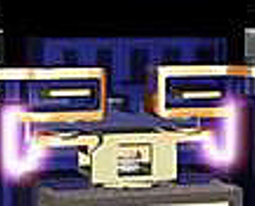
Blowout Magnets - What They Are & Why Use Them?
The one big problem facing anyone switching a high current DC load is how to turn off the arc which is generated when the switching contacts open. By comparison, switching AC is easy, the arc is self-extinguishing every time the waveform crosses zero which happens several times, depending on the AC frequency, whilst the contacts open and move apart.
Read more
Contact Resistance Versus Contact Pressure
The relationship between contact resistance & contact pressure explored. This paper seeks to simplify the wealth of information available (mostly highly detailed equations) from learned papers & publications & discusses relevance to the everyday application of electro mechanical relays. The basis is that as contact pressure increases, contact resistance decreases.
Read more
Contacts - Their Construction & Materials
A simplified overview of the construction of contacts and the materials they are made of, including common materials we use in Durakool relays to manufacture reliable high quality relays. Key features of those materials together with application information as to where and where not those materials are suitable to be used are also included in this helpful document.
Read more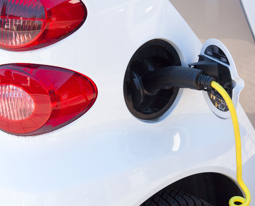
EV Battery Charging Applications - Relays & Contactors
Electric vehicles, in one form or another, have been around for over 100 years. Early vehicles used lead acid batteries and worked at 6V and upwards. Lead acid EV’s are still around in the 21st century in large numbers (think forklift trucks or golf carts, for example) but Lithium based batteries are replacing them, especially in applications such as cars, vans and trucks.
Read more
How to Avoid The Most Common Relay Problems
Do you know how to avoid the most common relay problems?
Everything begins with really knowing your application before you select a solution! With solid information about the 8 factors to consider, the Durakool team can guide you to the most robust and efficient solution available.
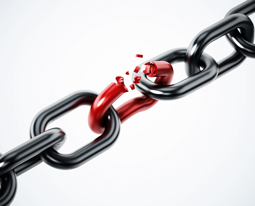
HVDC Contactors and Failure Modes
A useful Durakool technical presentation regarding correct and incorrect HVDC contactor positioning. Typically an electric vehicle (EV) will have two main contactors positioned in the feed from the battery to the electronic motor drive. There may be others used as part of the pre-charge, discharge or charging circuits. The principle function of the main contactors is...
Read more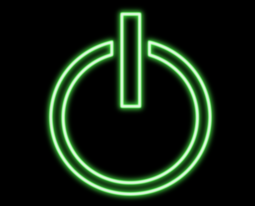
HVDC Relays & Contactors Conductor Size & Heat Dissipation
A presentation by John H Merrill providing information regarding HVDC Relays & Contactors Conductor Size & Heat Dissipation, commencing with the principles of DC switching and detailing terminal temperature conditions best taken into account when selecting the correct product for your application and the environment in which it is to be used.
Read more
HVDC Relays & Contactors Overview
A helpful overview of Relays and Contactors including, DC switching considerations, information on Paschen's law, the principles of DC switching and when DC currents and voltages are high enough, details of arc extinguishing and how to stop the arc from forming, terminal considerations and the design of relays and HVDC contactors.
Read more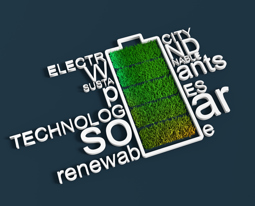
Durakool Latching Relays
A technical note explaining in detail, Durakool latching relays and contactors (electro-mechanical relay/contactor with contacts that are stable in two positions without voltage applied to the coil – “Bi-stable Relay”). Voltage is applied to the coil only to enable the contacts to change state – the coil does not have to be energised for the contacts to stay in either position.
Read more
A Layman's Guide to Coil Suppression
Why it is common practice to put a diode in parallel with a relay coil and importantly, the effect this has on the relay’s performance. Are there suitable alternatives? A two page guide designed to help would be users to be aware and to avoid potential pitfalls which could be costly and time wasting if unarmed with correct information.
Read more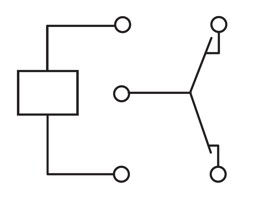
Relay Contact Forms - An Explanation
Over many years different short forms describing contact arrangements used by switches, relays and contactors have evolved.
This technical document lists a number of the most common variants, using a diagram to assist with understanding the various contact arrangements (contact forms).
Read more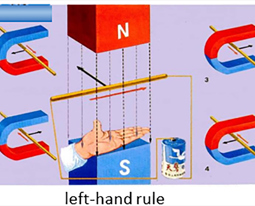
Switching Polarised and Non Polarised DC Contactors
This technical document is a six page presentation by John Merrill, one of The Durakool Team, in which John has detailed key information regarding the switching of polarised and non polarised DC contactors. The document explains the DC contactor structure and working principle together with the arc extinguishing system.
Read more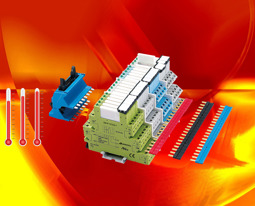
Temperature & its effect on Electro Mechanical Relay Operation
A three page technical document highlighting how failure to understand or make allowances for the effects of temperature on electro mechanical operation can lead to the relay failing to operate when called to do so, or worse, the premature failure of the contacts! A much neglected and misunderstood area in the application of electro mechanical relays.
Read more